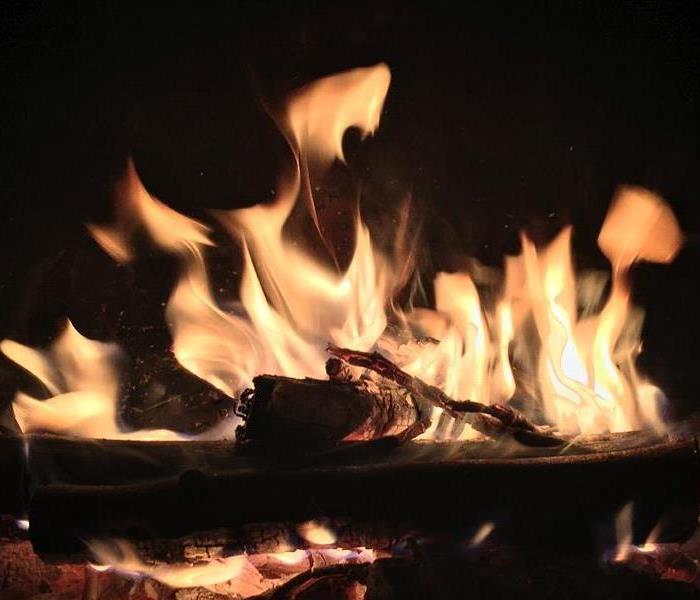Best Practices For Using A Gas Fireplace
11/10/2020 (Permalink)
A gas fireplace provides fire and heat to your home or workspaces, of course, and it’s also a great addition to any room when it comes to ambiance and aesthetics. They do require specific safety precautions, however.
Here are some best practices for using a gas fireplace:
All gas fireplaces should have a protective safety screen across the front of the fireplace; these screens provide a barrier that helps to reduce the risk of someone getting a serious burn. Also, keep in mind that a safety screen will retain heat, so make sure your family members know not to touch it - especially the little ones.
Carbon monoxide is an odorless, poisonous gas that can be deadly, and because of this, every home should have at least one carbon monoxide detector located in rooms near gas appliances, including your gas fireplace. In addition, your home should also have smoke detectors that are fully functional; check and replace the batteries on a regular basis to ensure that they are in good condition.
Schedule yearly inspections for your gas fireplace with a licensed gas technician or hearth dealer; they can check the gas lines, clean the unit’s burner and control compartment, check for condensation.
When you are selecting your gas fireplace, try to choose a model that offers direct-venting. They have sealed combustion systems that protect indoor air quality by drawing air from outside the building while sending all the combustion exhaust and any by-products to the outside. Proper ventilation is essential to protect your loved ones, your property, and yourself.
If you have an accident and your premises suffer damage from a fire, you can call us here at SERVPRO of North Nashville for clean up or recovery of your property and belongings. We also handle water damage, we’re mold remediation experts, and we can get your home or business Certified: SERVPRO Cleaned. Ask us how!





 24/7 Emergency Service
24/7 Emergency Service
